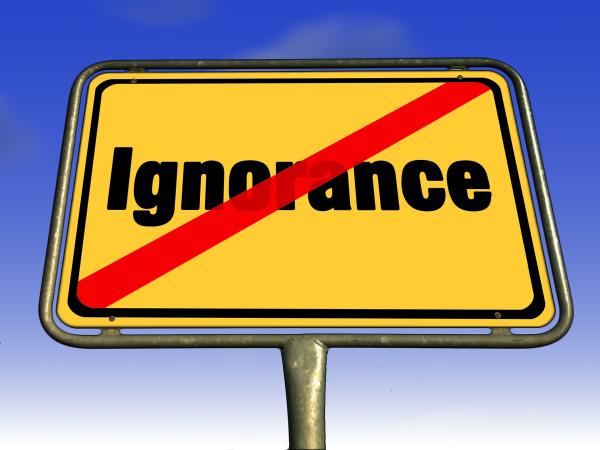Comprehension levels are often two or more grades below reading or education level. Comprehension drops even more when a person is under stress.
CDC's "Simply Put"
The CDC published “Simply Put A guide for creating easy-to-understand materials” several years ago, the bottom line for health topics 8th-grade readability is considered best. As someone who writes on health and science, I know first-hand that this is a tricky business; it is hard to convey nuance in complex topics simply. A group of researchers assessed the readability of 18 websites, written in English, from governments or public health agencies with more than 5,000 cases of COVID-19 as of April 5th. They used a variety of well-established tools for determining readability, including those found in most word-processing programs. How did they do?

None of them hit the mark, and that included 68 webpages from the CDC itself, where the lowest readability was 11thgrade. Of course, readability is only one measure of communication, and the researchers never assessed anyone’s real understanding. And for the curious, this article’s readability is at the 12th grade level.
Source: Comparison of Readability of Official Public Health Information About COVID-19 on Websites of International Agencies and the Governments of 15 Countries JAMA Network Open DOI: 10.1001/jamanetworkopen.2020.18033




